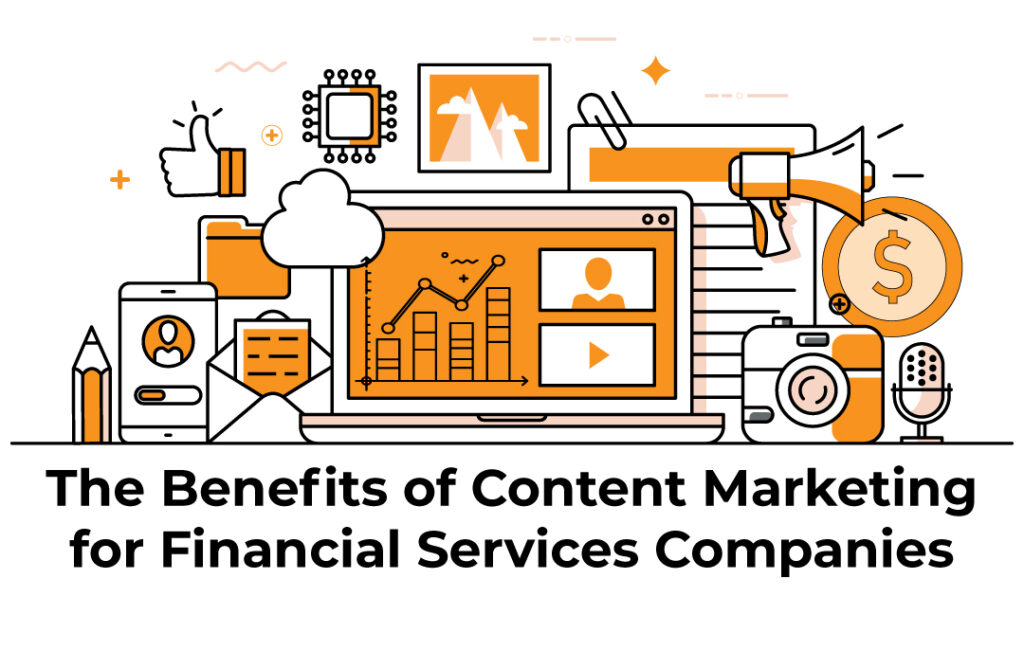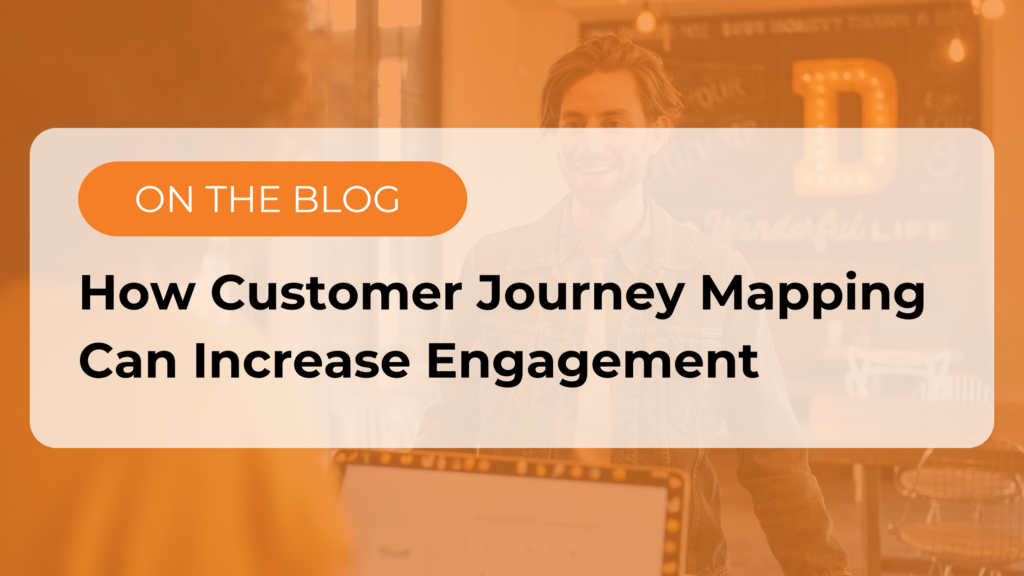On average, about half of the leads that are developed by a company are not ready to purchase. This should not be a concern because there are a lot of useful ways to put your company in the right position when they are ready to make that purchase. Platforms such as email marketing and direct mail are useful when trying to put your product in the potential buyer’s psyche. Below we take a deeper dive into what it takes to turn those potential leads into sales. Take a look!
Understanding the Sales Funnel
- Phase One: Awareness
- Before anybody can be a potential customer, they have to be aware of the products/services that your company is offering.
- Phase Two: Interest
- Once the customer is aware, they need to gather more information about the company and the products/services it provides to become interested. This step is crucial for firms to establish a relationship and build the narrative of their products/services to their consumers.
- Phase Three: Consideration
- At this part of the sales process, the customer is on the fence between going through with the product or finding another. Using email services or a direct mail strategy to help keep the company/product in front of the customer until they are ready to buy is key.
- Phase Four: Intent
- The customer is at the stage in which they are showing signs that they are going to go through with the purchase, however, they are reserved and not completely ready to seal the deal.
- Phase Five: Evaluation
- The customer is weighing out their options before going through with the purchase. It’s important to remain consistent during this phase.
- Phase Six: Purchase
- The customer has gone through with the sale!
Top of Mind
Sending messages via email or sending out physical forms of promotions, such as flyers, postcards or even catalogs, can put your product(s) in the consumers’ minds once they are ready to buy. It’s important to know what stage the leads are in regarding the sales funnel before using these strategies. Direct mail can be a very powerful tool when converting customers into potential leads.
By physically putting your information in customers’ hands, it gives them time to actually think about the product instead of making an impulse buy. Once they enter the interest stage of the sales funnel, they can come back to the ad without feeling like they are being pushed to read the material. Then they are more likely to come around on their own time.
Identifying Leads
If the correct promotional message is sent out, but it’s sent out during the wrong stage of the sales funnel, it will more often than not only overwhelm the customer and push them away.
When the customer subscribes to a company’s email listing, ask them informative questions to help identify what stage they are in in the sales funnel. Only then can a company confidently pursue more strategic email and direct mail strategies to help the customer become a potential lead.
Cost Efficiency
Email marketing is a useful tool to try to gather what stage the consumer is in within the sales funnel. Even if the information given does not directly tell the company their designated stage, it can help them not overstep during the process.
Email marketing has shown to yield $44 dollars in sales for every dollar used. When done effectively, it can limit the back and forth between company and customer. Studies performed by Marketing Sherpa suggest that each form filled out between the customer and company decreases conversion by 11%.
To Nurture or Not to Nurture, that is the Question
Evaluation is the most important step in nurturing the lead. This is the stage in which the lead still has their guard up. They are waiting for a catch, or some other inconsistency, to force them into making another decision. Performing consistently will comfort and ensure them that they are making the right decision. Starting the nurturing process before this stage could potentially push them away. If this happens, the sales funnel will have to start completely over.
Automative Email
Once the lead has been identified, an automated email will be sent out. This ensures that your company will not miss an opportunity to put the product at the forefront of the mind of the lead. Effective methods to send an automated email would be segmented email and personalized email.
- Segmented email can categorize the material that is reached to the lead by demographics, psychographics or even geographics. This can be an approach that gives a more personalized message to a more widespread audience.
- Personalized emailing can give the lead a feeling that the company is advanced in its approach and can aid them in their personal preferences. This allows the company to build a personal relationship with the lead.
Knowing when to nurture a lead and when not to nurture a lead is a crucial step to understand. Here at Burkhart, we understand the importance of nurturing at the right time. If you would like more information or need help nurturing your leads, visit our website today.





